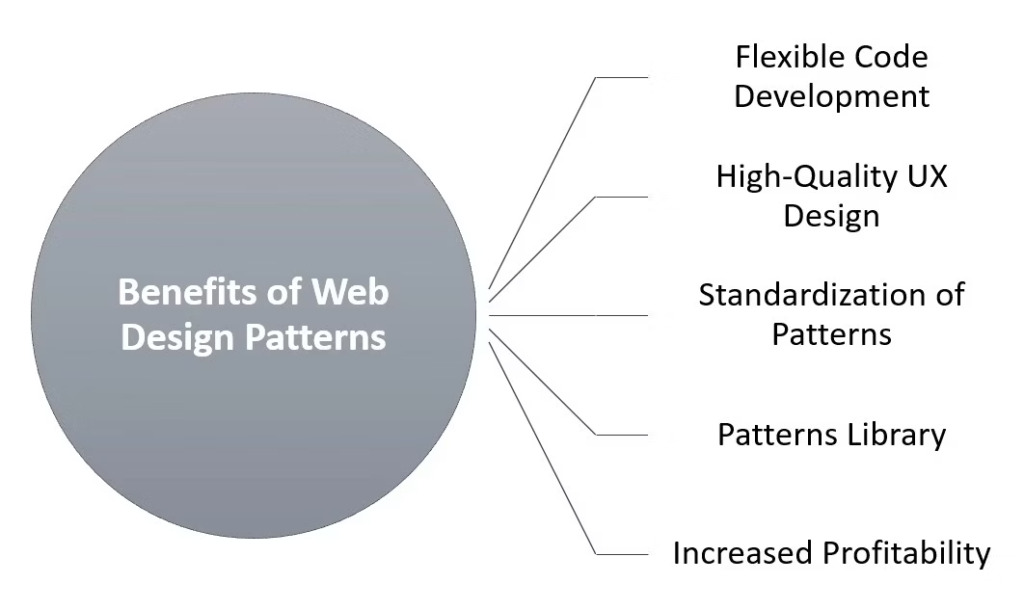Innovative Truss Joint Web Designs for Modern Architecture
Innovative Truss Joint Web Designs for Modern Architecture
Introduction to Truss Joint Web Desing
The architectural panorama has constantly been a playground for innovation, and cutting-edge structure continuously pushes the boundaries of what’s feasible. One vicinity that has visible tremendous improvements is the layout of truss joints, specifically the open internet truss joint. This progressive approach now not only enhances the structural integrity of homes but also contributes to aesthetic appeal and functionality. In this newsletter, we will explore the evolution, benefits, and applications of progressive truss joint web designs in current architecture. A truss joint is where the members of a truss are connected, typically using welding, bolting, or gusset plates, to ensure stability and load distribution.

The Evolution of Truss Joint Designs
Truss joints have been a fundamental factor in creation for hundreds of years, offering guidance and stability to numerous systems. Traditional truss designs, regularly strong and cumbersome, have developed into extra state-of-the-art and green forms. The introduction of open internet truss joints marked a significant milestone in this evolution. These joints, characterized by their open, lattice-like structure, provide several advantages over their solid counterparts.A truss joint is a connection point where truss members intersect, designed to transfer loads throughout the structure efficiently.
The idea of the open web truss joint can be traced back to the early twentieth century when engineers began experimenting with one-of-a-kind substances and configurations to optimize structural performance. The number one intention changed to creating a layout that might withstand sizeable masses while minimizing material usage. This brought about the development of the open net design, which strategically places cloth only wherein it is wished maximum, resulting in a lightweight yet robust shape. Open truss design uses a pattern of open spaces within the truss to reduce material while maintaining structural integrity and strength.
Benefits of Open Web Truss Joint Designs
1. Structural Efficiency
One of the most splendid advantages of open internet truss joints is their structural performance. The open design permits for ideal distribution of masses, decreasing strain on individual components. This now not only complements the overall strength of the structure but also extends its lifespan. The green use of materials in open net designs contributes to a sizeable discount in weight without compromising structural integrity. Open trusses feature an open-web design that optimizes material use and provides high strength and stability for structural applications.
2. Cost-Effectiveness
The reduced fabric utilization in open web truss joints translates to financial savings in construction. Less cloth approach lower charges for raw substances, transportation, and hard work. Additionally, the light-weight nature of these truss joints simplifies the installation system, similarly reducing exertion prices and production time. Online web trusses use a network of interconnected web members to create a lightweight yet strong structural framework.
3. Aesthetic Appeal
Modern structure places a sturdy emphasis on aesthetics, and open internet truss joints contribute to the visual appeal of structures. The intricate lattice layout adds a unique and current appearance, making buildings stand out. Architects can leverage those designs to create visually placed and memorable structures that have a lasting effect.A web flange is a structural component that connects the web of a beam or truss to the flanges, providing additional support and stability.
4. Versatility
Open web truss joints offer versatility in design and application. They may be used in numerous styles of buildings, from residential homes to massive commercial complexes and business centers. The flexibility in layout lets in architects and engineers to tailor the truss joints to meet unique challenge requirements, making sure of top-rated performance and aesthetics.Web trusses consist of interconnected triangular units designed to efficiently distribute loads and provide structural strength.
5. Sustainability
Sustainability is a key attention in contemporary architecture, and open net truss joints contribute to environmentally friendly construction practices. The green use of substances reduces waste, and the light-weight nature of the joints minimizes the carbon footprint associated with transportation and set up. Additionally, many open internet truss joints are crafted from recyclable materials, further improving their sustainability.Open truss design features interconnected web members with open spaces to optimize material use and enhance structural efficiency.

Applications of Open Web Truss Joint Designs
The versatility and advantages of open web truss joints lead them to be suitable for an extensive variety of programs in present-day architecture. Here are a few brilliant examples:A truss web is the network of internal members within a truss that provides structural support and distributes loads.
1. Residential Buildings
In residential construction, open internet truss joints are frequently utilized in roof and floor structures. Their lightweight nature makes them ideal for developing spacious and open dwelling areas without the want for bulky aid columns. This allows for more flexible interior layouts and enhances the overall aesthetic appeal of homes. An open truss is a structural framework with an open-web design that maximizes strength while minimizing material use.
2. Commercial Complexes
Commercial homes, such as office complexes and retail spaces, enjoy the structural efficiency and aesthetic attraction of open internet truss joints. These joints allow the creation of big, open spaces that may be easily adapted to distinct makes use of. The visually appealing design additionally provides a modern-day touch to industrial homes, attracting tenants and customers.Professional web design for truss joints ensures efficient load transfer and structural integrity through precise, optimized connections.
three. Industrial Facilities
In industrial settings, open net truss joints are used within the construction of massive warehouses, factories, and distribution facilities. The lightweight design allows for expansive floor plans and high ceilings, accommodating heavy machinery and large inventories. The sturdiness and strength of open net truss joints make sure the structural integrity of these facilities below disturbing conditions.Web design for truss joints in the USA follows standardized engineering practices to ensure safety, efficiency, and compliance with building codes.
four. Public Infrastructure
Public infrastructure projects, inclusive of bridges and transportation hubs, additionally gain from open web truss joint designs. The light-weight and efficient layout cause them to ideal for spanning lengthy distances and supporting heavy loads. Additionally, the cultured attraction of open internet truss joints complements the visible impact of public structures, contributing to the general city landscape.Web design for truss joints in the UK complies with British Standards to ensure effective load distribution and structural integrity.

Challenges and Future Prospects
While open internet truss joints provide several benefits, there are also challenges to don’t forget. The complex design calls for unique engineering and production, that could grow initial fees. However, the long-term benefits in terms of structural efficiency and cost financial savings regularly outweigh these demanding situations. Companies specializing in the web design of truss joints offer expertise in creating efficient and robust structural connections.
Looking to the future, improvements in substances and manufacturing techniques are expected to further enhance the performance of open net truss joints. Innovations that include 3-D printing and the use of advanced composites should cause even lighter and more potent designs. Additionally, the integration of clever technology, together with sensors for actual-time tracking, could improve the safety and renovation of systems using open internet truss joints.Web design of truss joints in 2024 integrates advanced materials and computational methods for optimized structural performance.
Web design of truss joints for small businesses provides cost-effective and efficient solutions tailored to specific structural needs.

Conclusion
Innovative truss joint net designs, particularly open internet truss joints, have revolutionized modern architecture. Their structural performance, fee-effectiveness, aesthetic attraction, versatility, and sustainability lead them to a desired preference for architects and engineers. As generation keeps to enhance, we are able to count on similar improvements in truss joint designs, pushing the boundaries of what is possible in architectural and structural engineering.Web design of truss joints in Pakistan focuses on local engineering standards and material availability for optimized structural solutions.








1 Comments
The Historical Journey of Uruguay's Flag 2024 - Our Servises
July 28, 2024
[…] representing the state’s journey to independence and its cultural and historical past. This article dives into the noteworthy experience of the Uruguay all-inclusive banner, investigating its […]